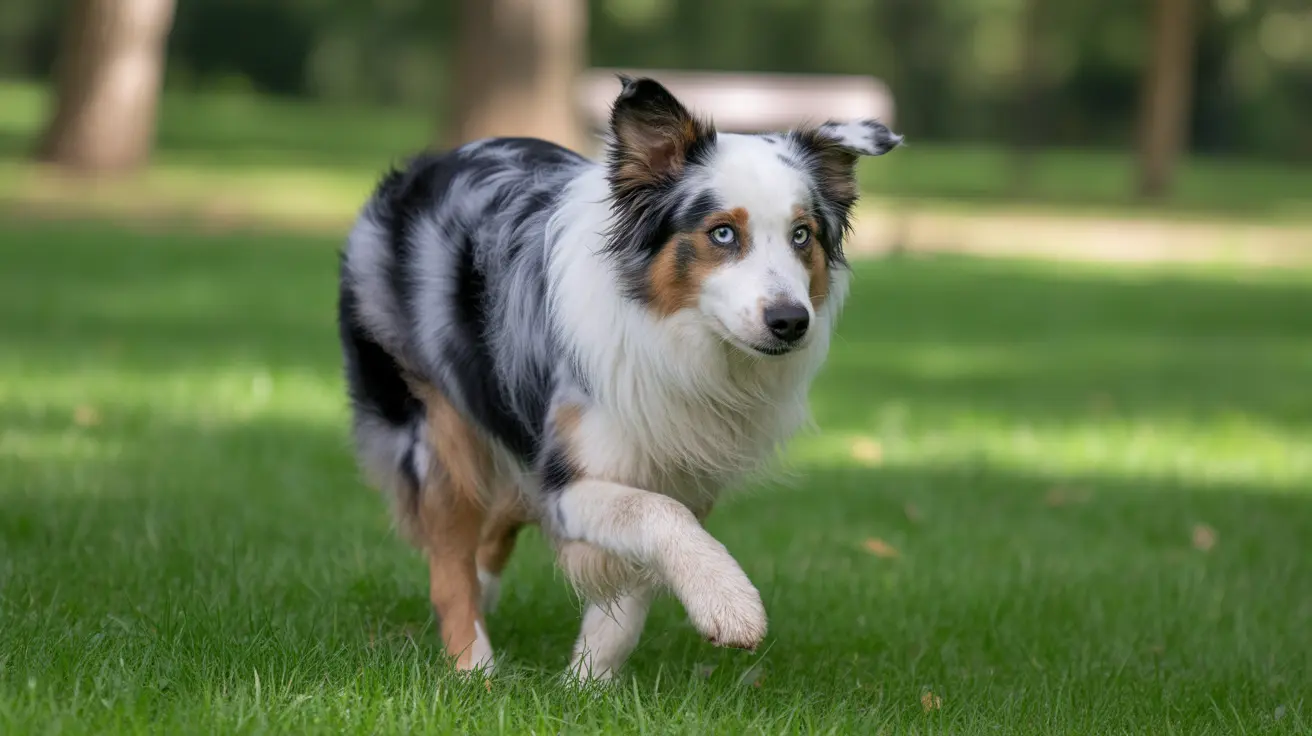The Instinctual Drive Behind Walking and Pooping
Dogs are descendants of wild animals, and many of their behaviors are deeply rooted in survival instincts. When a dog walks while pooping, they're often acting on ancient protective behaviors that served their ancestors well in the wild.
In nature, staying stationary while defecating makes an animal vulnerable to predators. By moving while pooping, dogs reduce their exposure to potential threats. This behavior also helps them spread their scent over a larger area, which serves important territorial and communication purposes.
Physical and Medical Reasons for Moving During Defecation
Digestive System Stimulation
Movement naturally stimulates the digestive system, which is why many dogs feel the urge to defecate during or after exercise. Walking while pooping can help facilitate the process, especially if your dog is experiencing mild constipation or needs extra help moving things along.
Health-Related Causes
Sometimes, walking while pooping can indicate underlying health issues:
- Arthritis or joint pain making it difficult to maintain a squatting position
- Gastrointestinal discomfort or disorders
- Muscle weakness, particularly in senior dogs
- Neurological conditions affecting coordination
Behavioral and Environmental Factors
Anxiety and Stress
Dogs may walk while pooping when they feel anxious or unsafe in their environment. This behavior is more common in unfamiliar locations or when other animals or people are nearby. Creating a safe, comfortable space for your dog to eliminate can help reduce this anxiety-driven movement.
Territory Marking
Dogs have scent glands that release unique identifying markers when they defecate. Walking while pooping allows them to spread their scent more effectively, essentially maximizing their territorial communication with other dogs in the area.
When to Be Concerned
While walking and pooping is often normal, certain signs warrant veterinary attention:
- Sudden changes in elimination habits
- Signs of pain or discomfort
- Difficult or straining bowel movements
- Blood in the stool
- Excessive anxiety during elimination
If you notice any of these symptoms, it's important to consult with your veterinarian to rule out potential health issues.
Frequently Asked Questions
Why does my dog walk and poop at the same time during walks?
Dogs often walk while pooping due to a combination of instinctual behavior, territory marking, and the natural stimulation of movement on their digestive system. This behavior helps them feel safer and allows them to spread their scent more effectively.
Can walking help relieve constipation in dogs?
Yes, walking can help stimulate bowel movements and provide relief from mild constipation. Regular exercise is an important factor in maintaining healthy digestive function in dogs.
Is it normal for older dogs to walk while pooping because of muscle weakness or pain?
Yes, senior dogs may walk while pooping due to muscle weakness or joint pain that makes maintaining a squatting position difficult. This is common but should be evaluated by a veterinarian to ensure proper pain management.
How does anxiety or excitement cause my dog to walk and poop simultaneously?
Anxiety or excitement can make it difficult for dogs to remain still while eliminating. These emotions can also stimulate the digestive system, leading to movement during defecation as a coping mechanism.
Could my dog be walking while pooping to mark territory, and how does scent marking work?
Yes, dogs often walk while pooping to spread their scent over a larger area. Their anal glands release unique scent markers during defecation, which communicate important information to other dogs about their presence, health, and territorial boundaries.
Conclusion
Walking while pooping is a natural behavior for many dogs, influenced by instinct, physical needs, and environmental factors. While usually harmless, staying attentive to changes in your dog's elimination habits can help you identify potential health issues early. Understanding this behavior helps you better care for your furry friend and know when to seek professional guidance.






